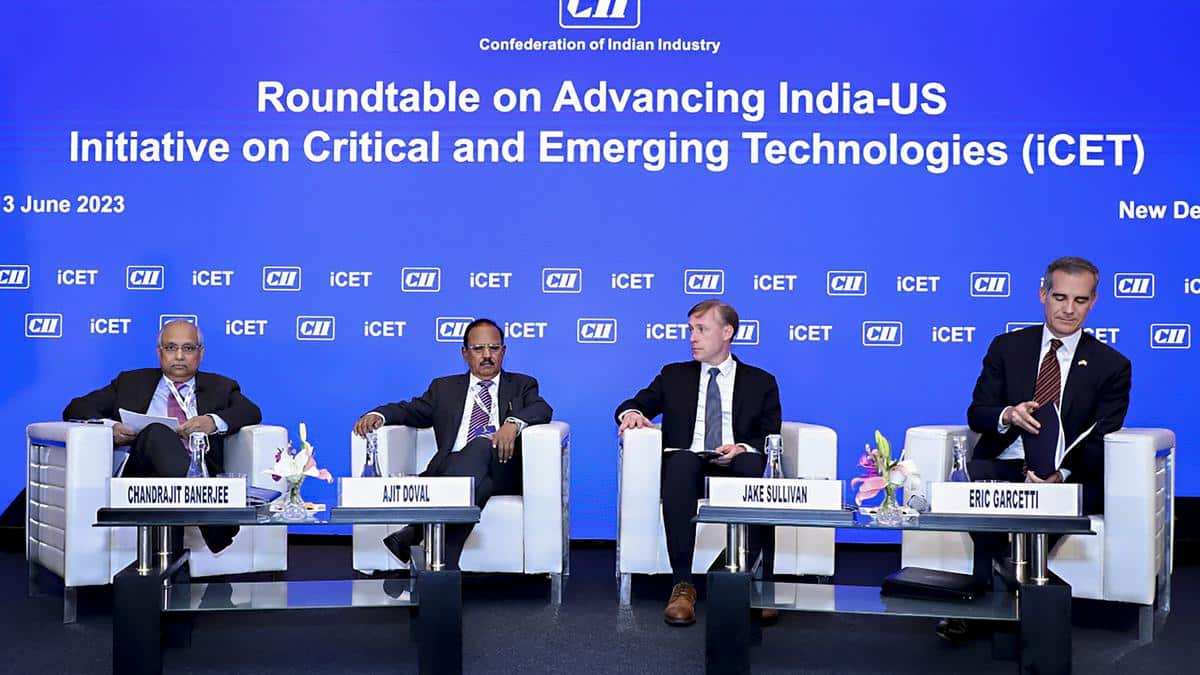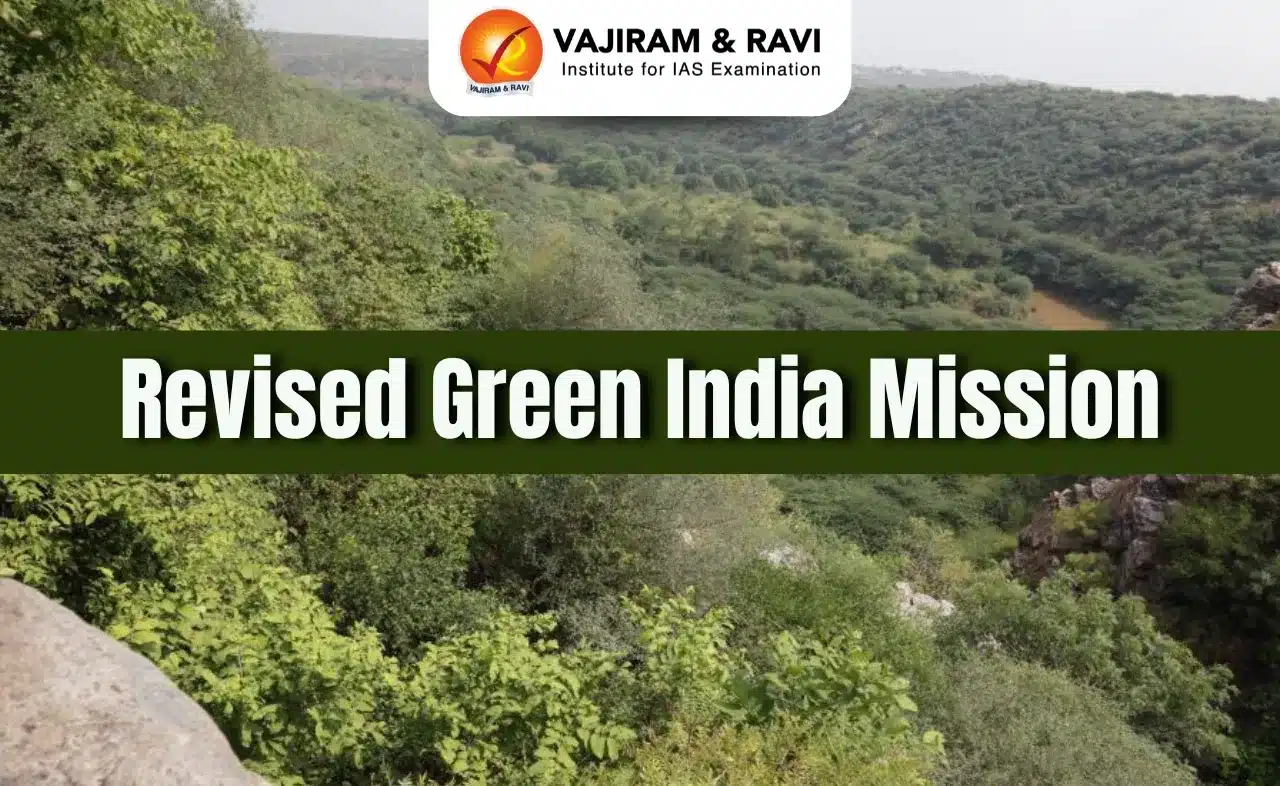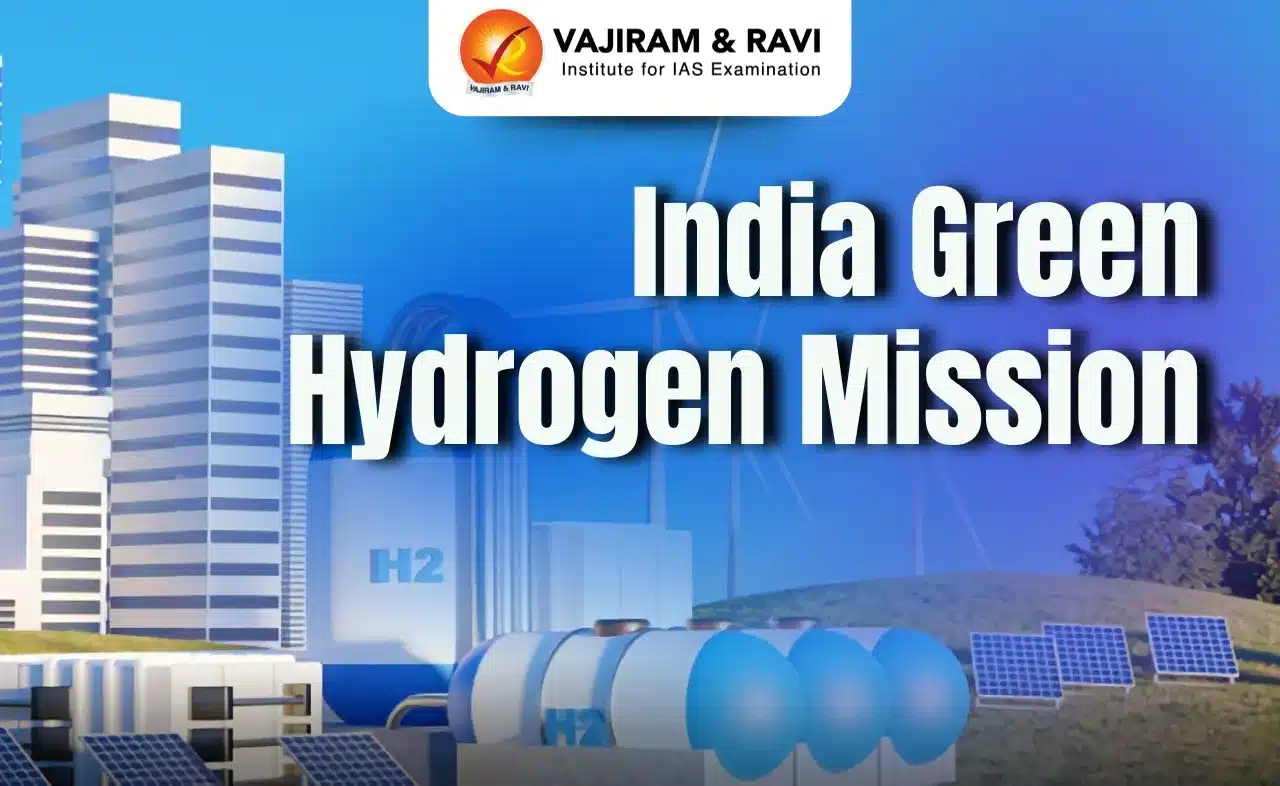What’s in today’s article?
- Why in News?
- What is Initiative on Critical and Emerging Technology (iCET)?
- Focus Areas of iCET
- Progress on iCET
Why in News?
- Recently, India and the United States unveiled a roadmap for enhanced collaboration in high-technology areas.
- This was part of the Initiative on Critical and Emerging Technology (iCET) jointly announced by President Joe Biden and Prime Minister Narendra Modi last year.
What is Initiative on Critical and Emerging Technology (iCET)?
- The Initiative on Critical and Emerging Technologies is a framework agreed upon by India and the U.S. for cooperation on critical and emerging technologies.
- These emerging technologies include artificial intelligence, quantum computing, semiconductors and wireless telecommunication.
- Prime Minister Modi and President Biden first announced the framework on the side lines of the Quad meeting in Tokyo in May 2022.
- It was launched in January this year to strengthen their strategic partnership and drive technology and defence cooperation.
Focus Areas of iCET
- Primarily, the iCET seeks to position New Delhi and Washington D.C. as “trusted technology partners” to build supply chains and support the co-production and co-development of items.
- Key areas include –
- Setting up a research agency partnership to drive collaboration in areas like Artificial Intelligence;
- Developing a new defence industrial cooperation roadmap to accelerate technological cooperation for joint development and production;
- Developing common standards in Artificial Intelligence;
- Developing a roadmap to accelerate defence technological cooperation and ‘innovation bridge’ to connect defence startups;
- Supporting the development of a semiconductor ecosystem;
- Strengthening cooperation on human spaceflight;
- Advancing cooperation on development in 5G and 6G; and
- Adopting OpenRAN network technology in India.
Progress on iCET
- India and the U.S. have made “significant progress” in several key areas identified for collaboration since the launch of iCET.
- The two countries have already put in place the Quantum Coordination Mechanism, launched a public-private dialogue (PDD) on telecommunication to drive collaboration in OpenRAN, 5G and 6G.
- In March, India and the U.S. signed an MoU on establishing a semiconductor supply chain that paved the way for creating a semiconductor sub-committee.
- The committee will review recommendations from an industry-led task force launched in connection with the iCET.
- On the defence front, the two countries are close to concluding a mega jet engine deal.
- In addition, a new initiative to advance cutting-edge technology cooperation, known as the India-U.S. Defence Acceleration Ecosystem (INDUS-X), is set to be launched.
- India and the U.S. have also concluded a roadmap for ‘Defence Industrial Cooperation’ to guide the policy direction for the next few years.
- The two countries have also established a Strategic Trade Dialogue to remove regulatory “barriers” and review existing export control norms to take forward strategic technology and trade collaborations envisaged under iCET.
Q1) What is quantum computing in simple terms?
Quantum computing is a rapidly-emerging technology that harnesses the laws of quantum mechanics to solve problems too complex for classical computers.
Q2) What is a semiconductor and what is it used for?
A semiconductor substance lies between the conductor and insulator. It controls and manages the flow of electric current in electronic equipment and devices. As a result, it is a popular component of electronic chips made for computing components and a variety of electronic devices, including solid-state storage.
Source: Explained | What is the India, U.S. initiative on future tech? | Financial Express
Last updated on June, 2025
→ UPSC Notification 2025 was released on 22nd January 2025.
→ UPSC Prelims Result 2025 is out now for the CSE held on 25 May 2025.
→ UPSC Prelims Question Paper 2025 and Unofficial Prelims Answer Key 2025 are available now.
→ UPSC Calendar 2026 is released on 15th May, 2025.
→ The UPSC Vacancy 2025 were released 1129, out of which 979 were for UPSC CSE and remaining 150 are for UPSC IFoS.
→ UPSC Mains 2025 will be conducted on 22nd August 2025.
→ UPSC Prelims 2026 will be conducted on 24th May, 2026 & UPSC Mains 2026 will be conducted on 21st August 2026.
→ The UPSC Selection Process is of 3 stages-Prelims, Mains and Interview.
→ UPSC Result 2024 is released with latest UPSC Marksheet 2024. Check Now!
→ UPSC Toppers List 2024 is released now. Shakti Dubey is UPSC AIR 1 2024 Topper.
→ Also check Best IAS Coaching in Delhi
























